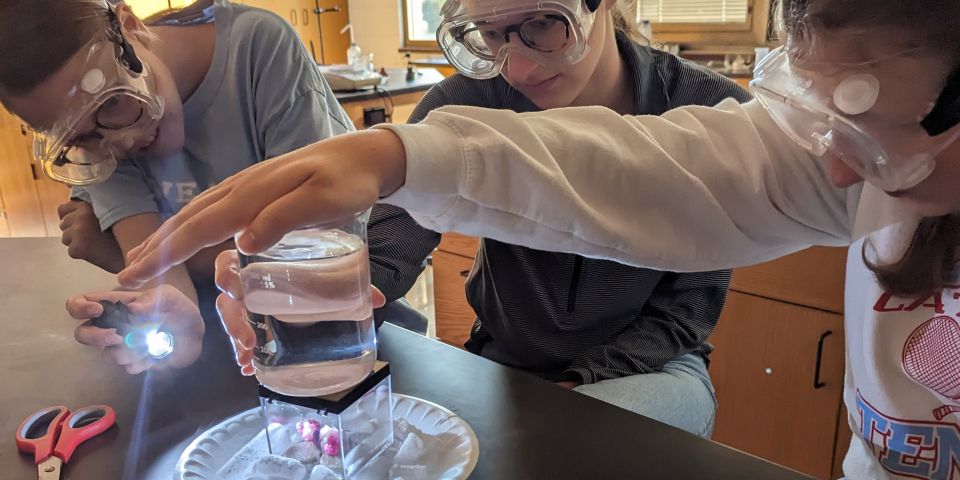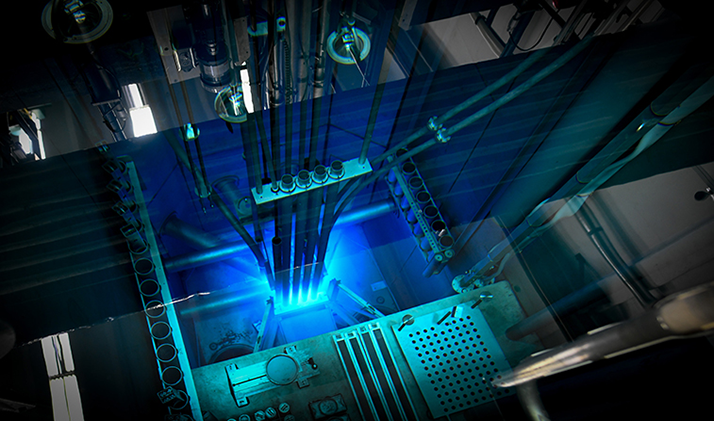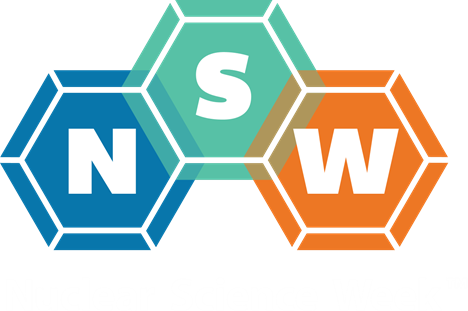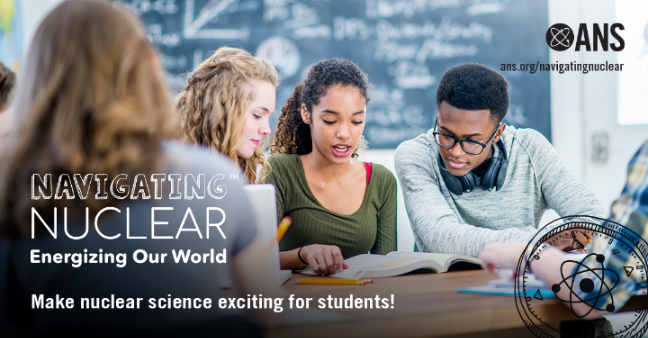Provided as a capstone to Navigating Nuclear lesson plans, STEM project starters let students put science, technology, engineering, and math concepts into action. Each project starter contains a guiding question, teacher note, student-facing prompt, and station for students to show their work and share their findings.
A new STEM project starter, called “Decay Detectives: Art Forgery or Masterpiece?” has been created as part of Navigating Nuclear’s high school materials. Using “Decay Detectives,” students can investigate and calculate radioactive decay, half-life, and radiocarbon dating; research the process of using microscale radiocarbon dating to determine the age of paintings through accelerator mass spectrometry; and use mock data to make decisions about potential “forgeries.” Students conduct forensic analysis to decide whether a series of paintings are likely genuine, likely forgeries, or definite forgeries by analyzing mock radiocarbon data from canvas and paint layers to see if the readings match what would be expected based on the date of the painting. Students can extend their learning by completing a radiometric dating lab in which they simulate the radioactive decay of elements and some of the principles of radiometric dating.
Navigating Nuclear’s middle school resources include three other STEM project starters: “From Atoms to Electricity,” “Fusion and Fission: Think Nucleus,” and “Radiopharmaceuticals.”
All Navigating Nuclear materials are free and open to the public, giving teachers, parents, and others the resources they need to engage young people and get them interested in nuclear science from a young age.
Lesson plans for middle school and high school students make up only one part of the compelling nuclear science education resources that Navigating Nuclear offers for today’s classrooms. ANS’s K–12 curriculum reaches students with virtual field trips (see article that begins on page 1), career resources, and STEM project starters to get students excited about nuclear science and its applications.






